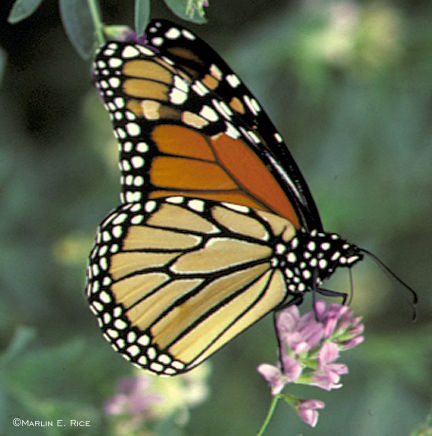
Backyard Miracles

The butterflies are migrating! I have noticed the delicate orange wonders flit joyfully through my neighborhood from one purple butterfly bush to the next for about 2 weeks now. They float along the sidewalks, the Potomac, and through our backyards. Today I counted about 13 of them float by my office window. The butterfly migration marks the end of summer, but no one is quite sure just how they do it.
I remember the first time I noticed the migration. I was standing in the parking lot of an apartment complex I was living in and it seemed that several butterflies were traveling in the same general direction, one after another, like on a pathway. I immediately started to research what I witnessed to find an explanation.
It appears that monarch butterflies travel from Canada all the way to Mexico every year in order to winter in a warmer climate. The longest recorded distance for one tagged flutterby was about 2, 879 miles (4, 634 kilometers). Once they reach Mexico, they gather on cypress trees, one layer upon the next, creating an incubated space for the butterflies at the center. This is how some of them make it through the winter in order to reproduce the following year. A single butterfly of the Methuselah generation, a special generation of the Monarch that can live 7 to 8 months rather than the normal 5 to 6 weeks, will make the journey south for the winter to hibernate. When they make the return journey north in the spring, this generation will make it only so far before they lay eggs and die; the subsequent generations will continue north along the path to Canada, but it will take several generations of shorter lived butterflies to make it there. Pretty fascinating!
Pesticides, deforestation, and general human expansion threaten populations. This miraculous event is one that we are just barely aware of as we rush through our daily routines, but we can be more involved. You can volunteer/support groups that monitor and tag the butterflies; plant appropriate plants, such as milkweed, for them to eat, lay eggs on, or take refuge in; get your kids involved by creating an educational project around conservation and understanding what we know about these creatures; educate yourself; refrain from spraying your gardens and lawns with pesticides. Just as I was writing this piece, I counted 6 more butterflies pass by my window!




